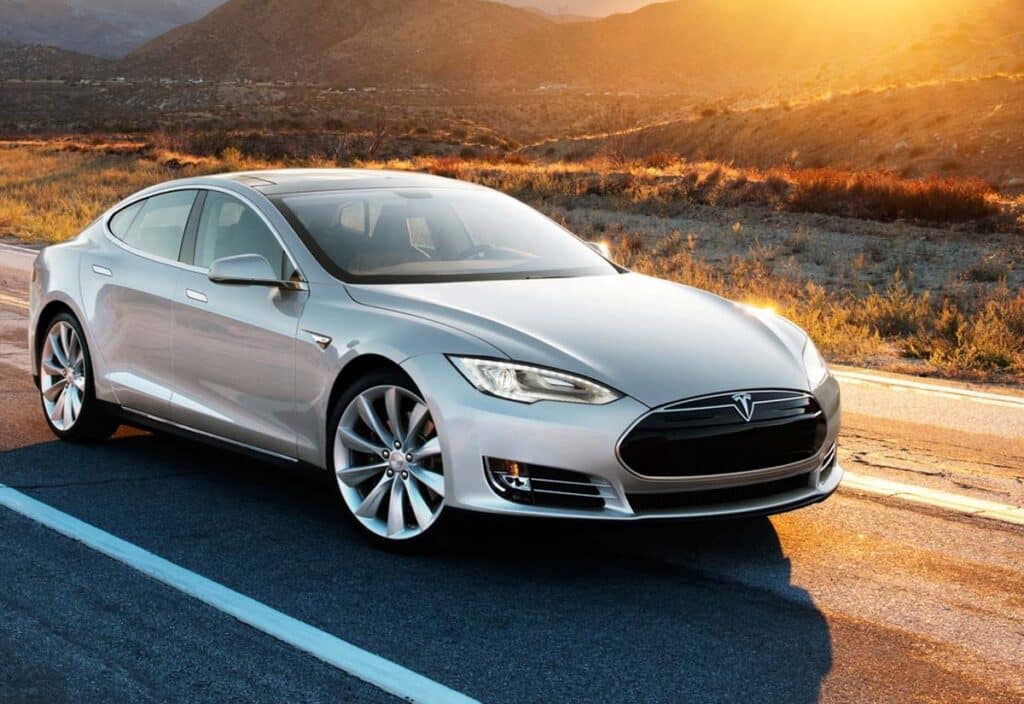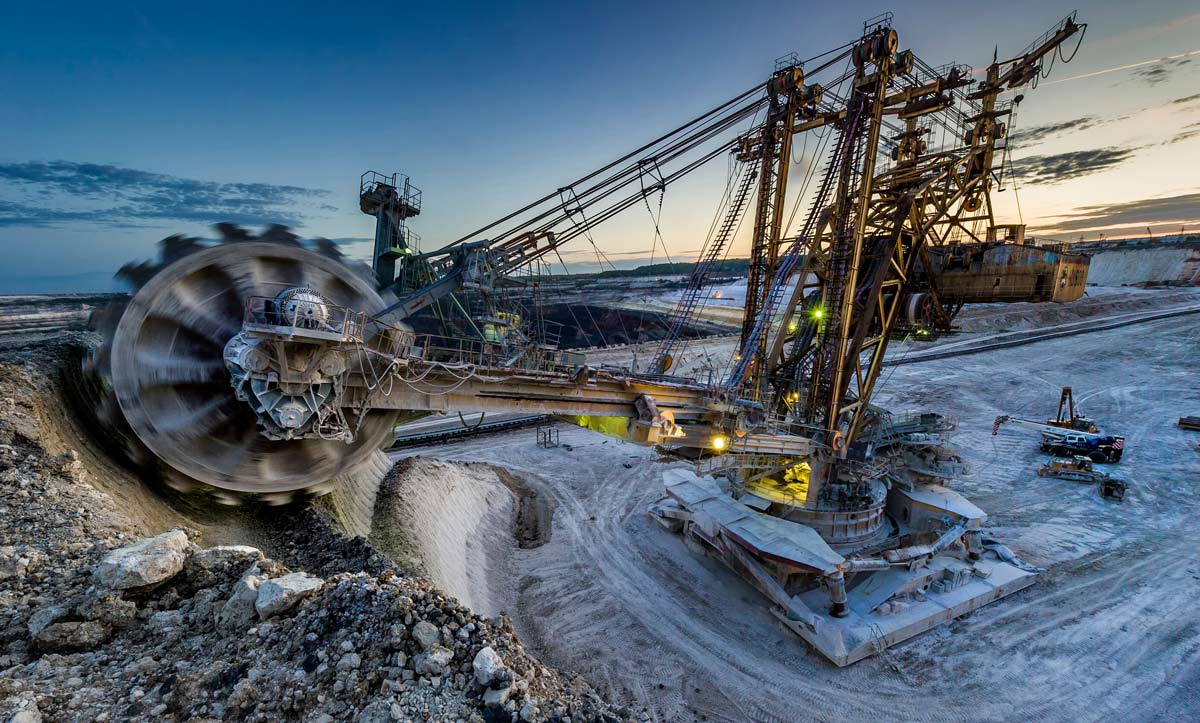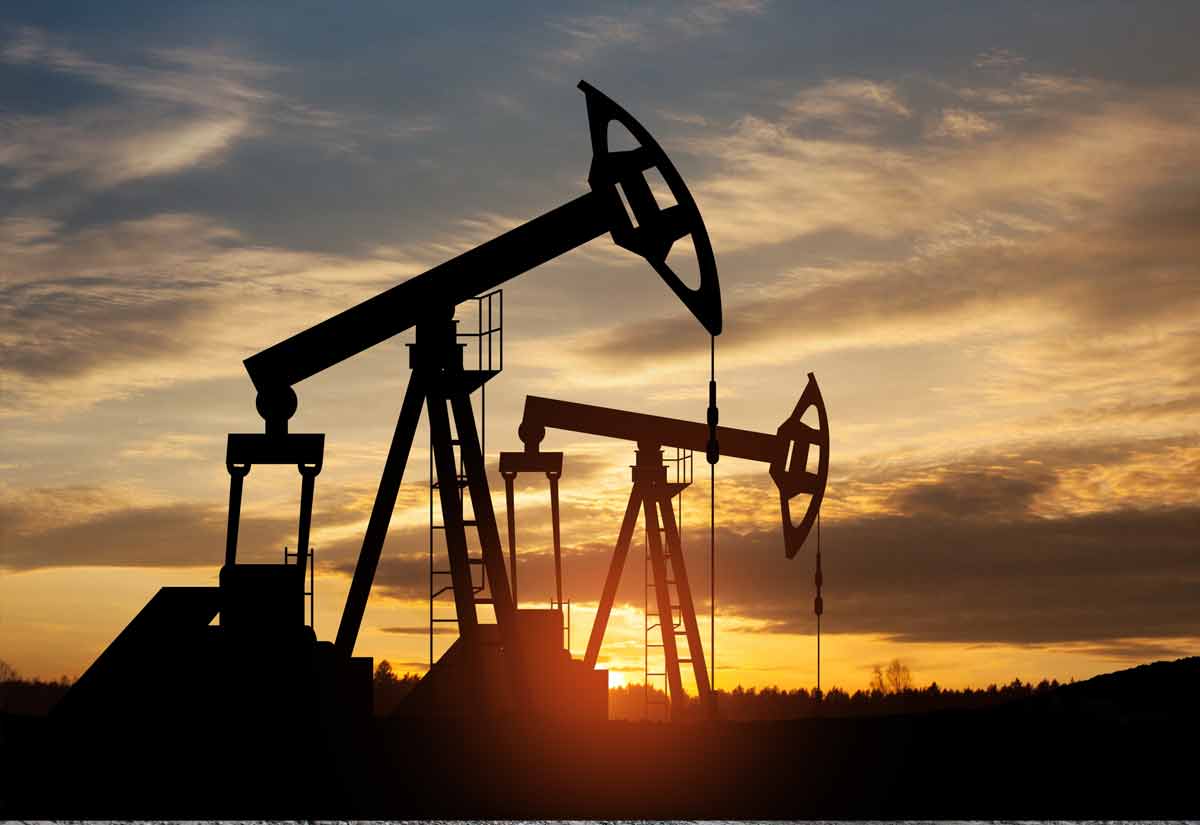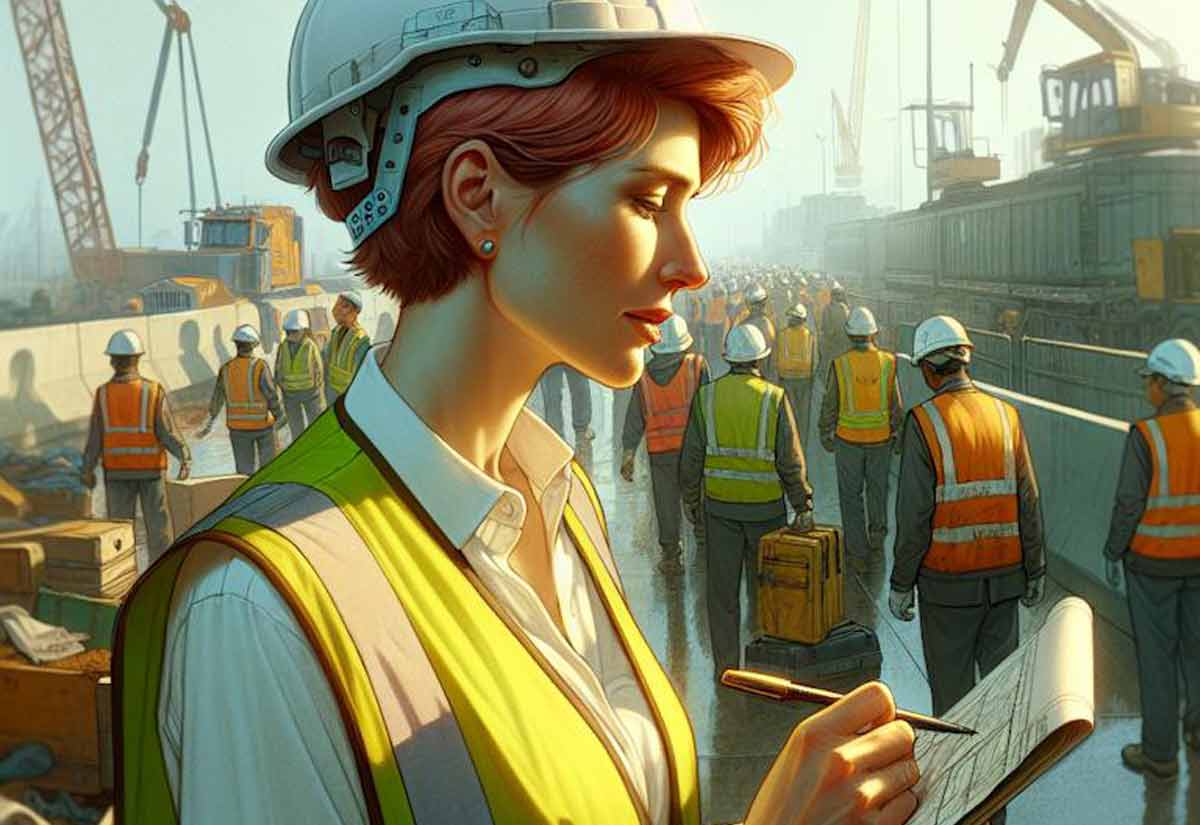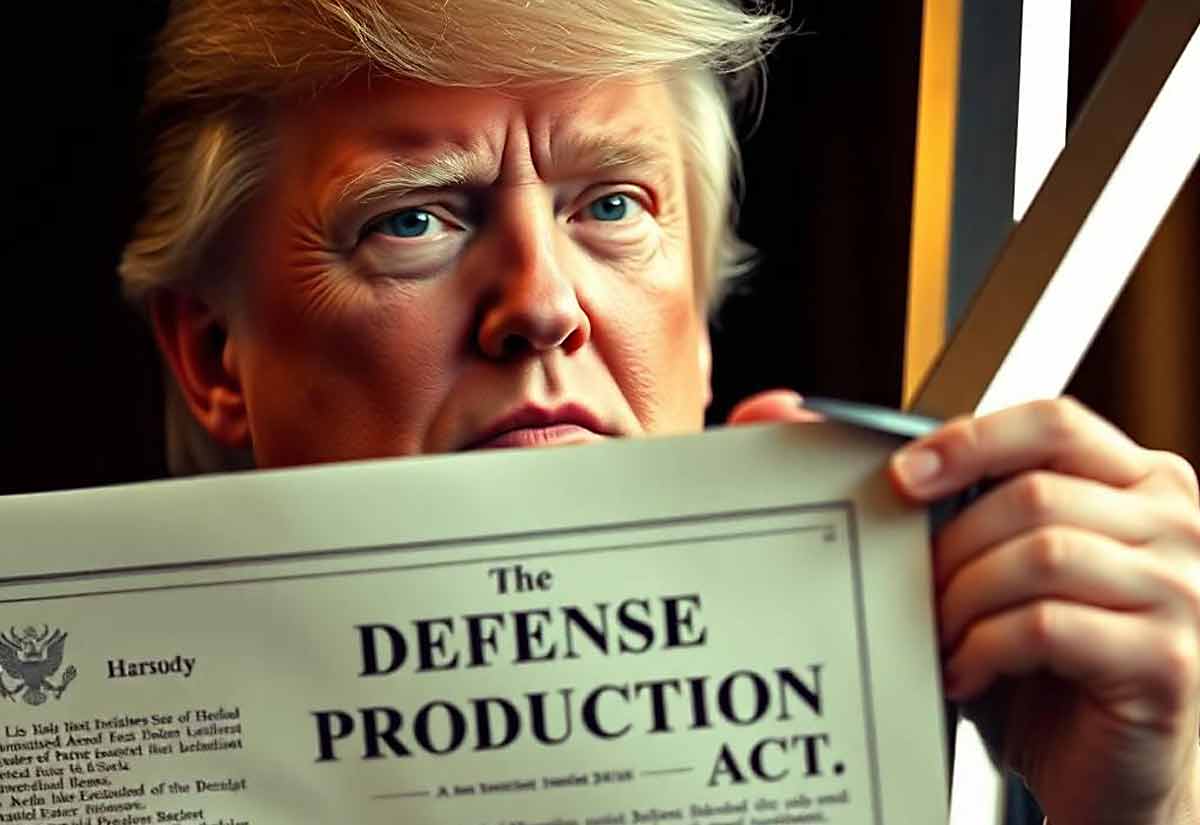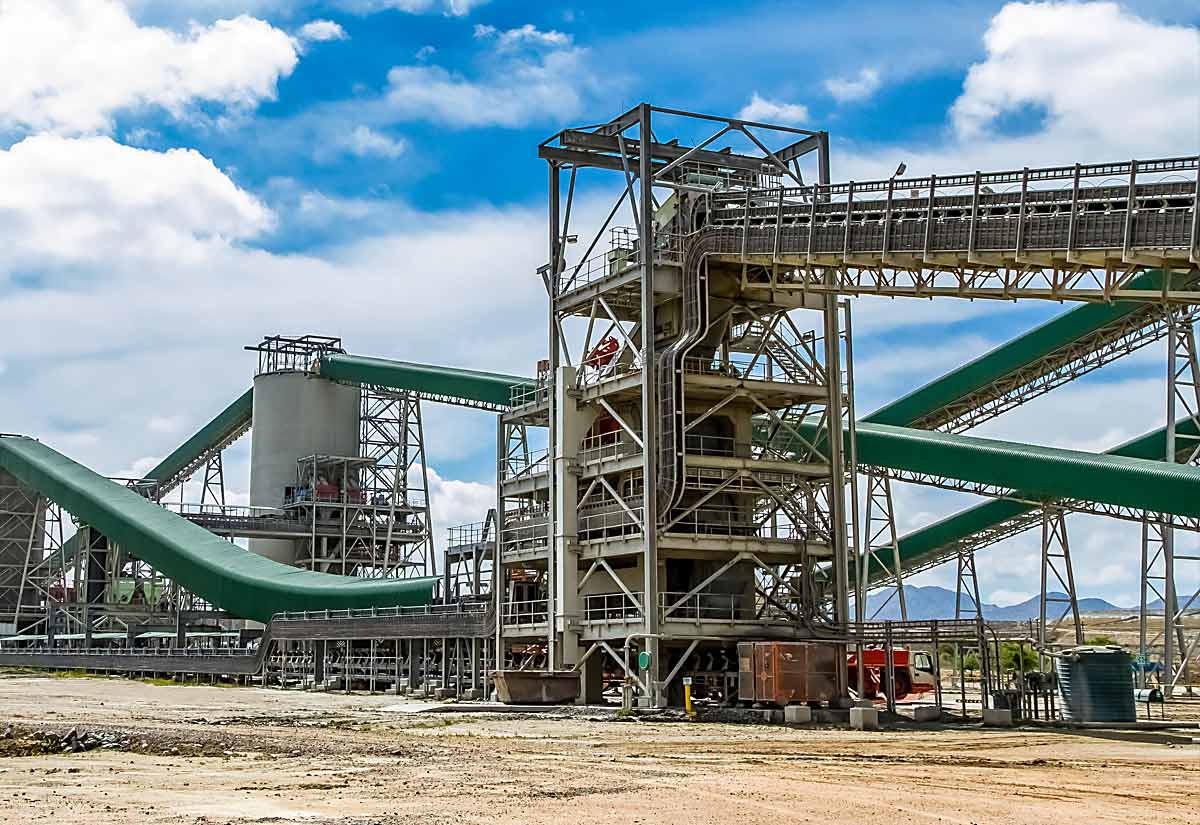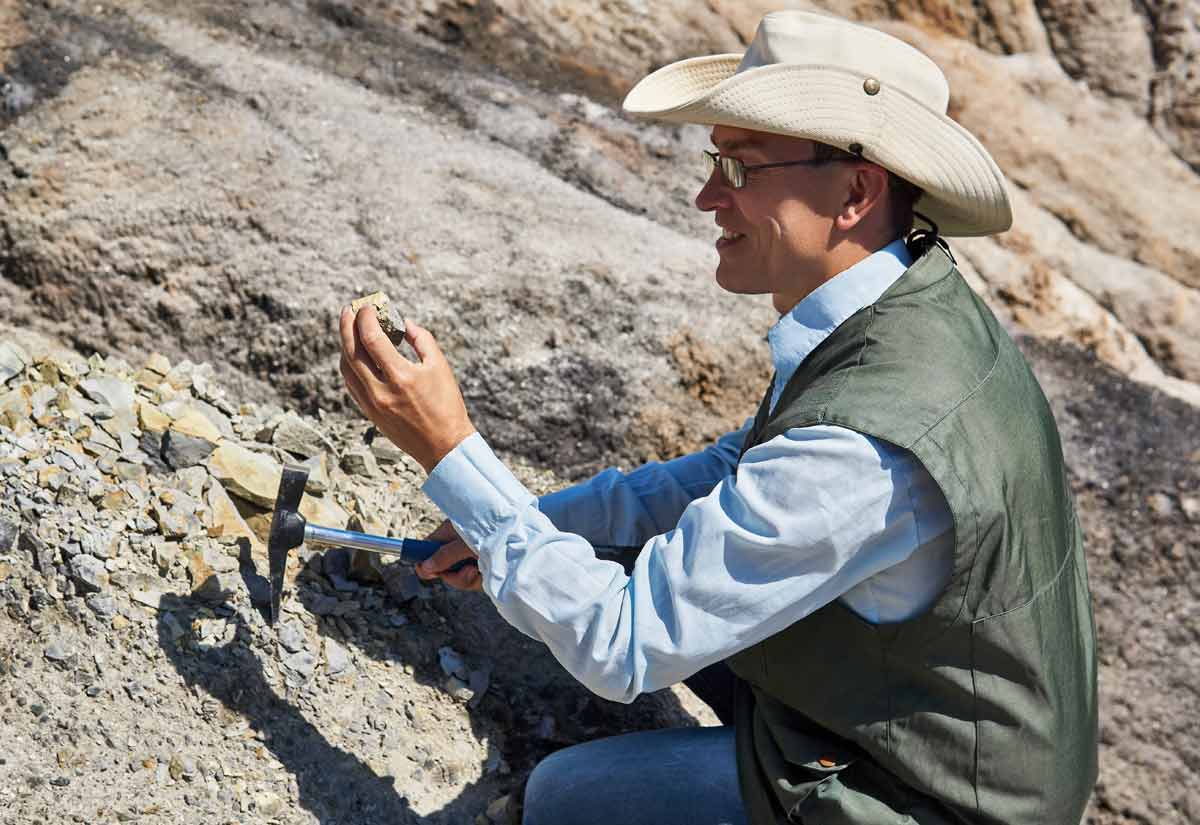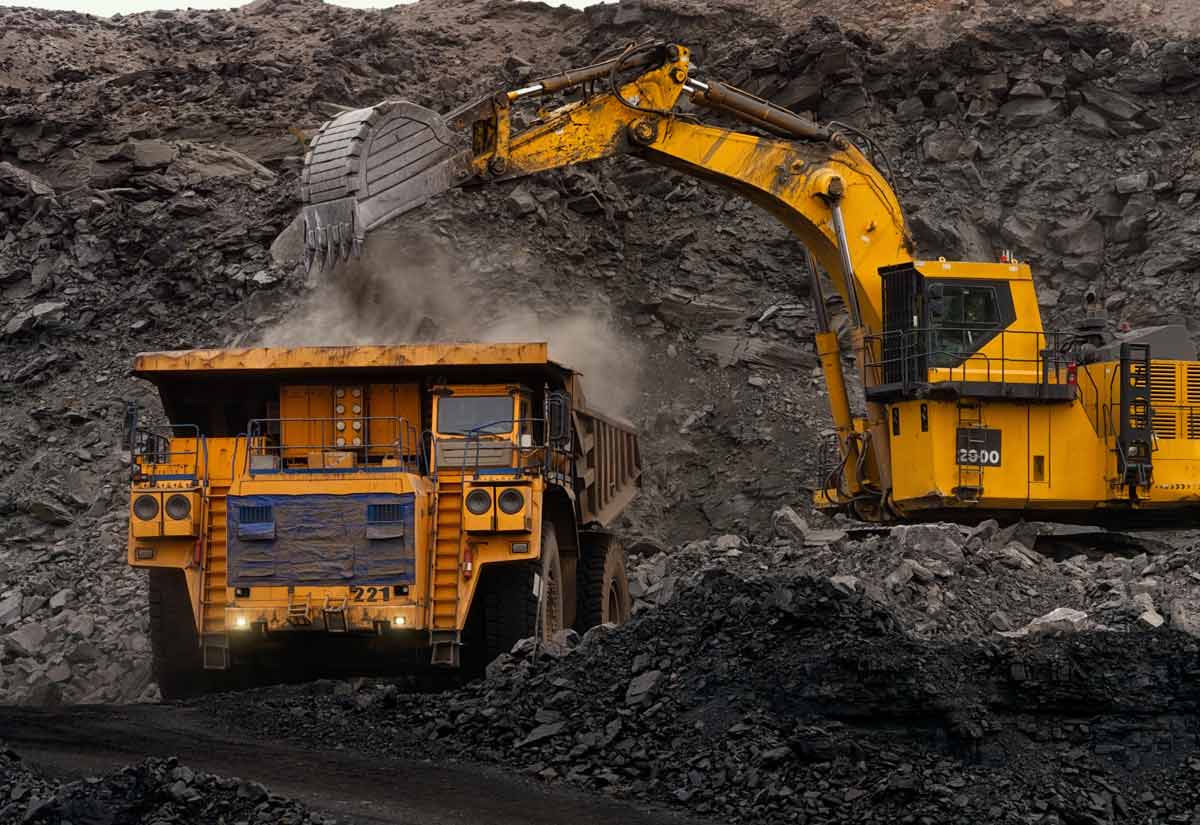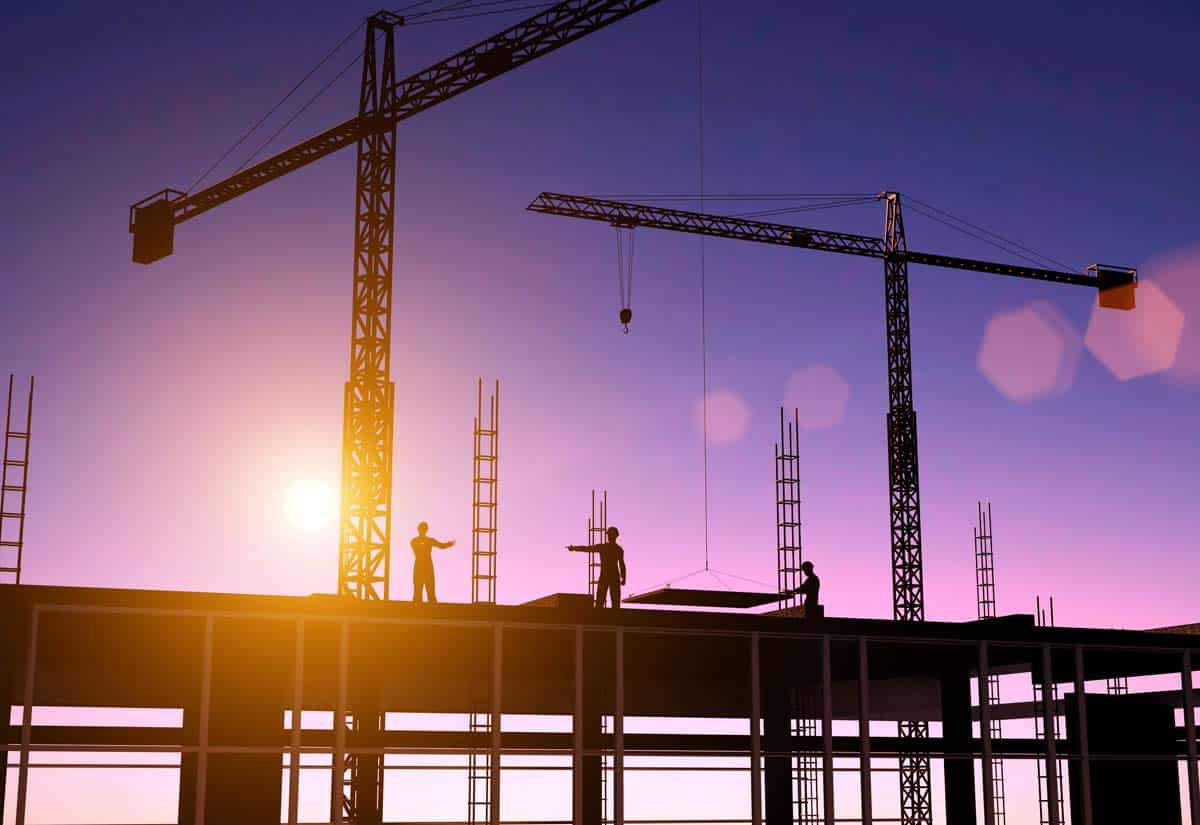Industry Watch at Resource Erectors Q4 2021
And we thought Jeff Bezos’ benchmark order for 100,000 Amazon delivery EVs by 2030 was ambitious? Now, like a Phoenix rising from the ashes, recently bankrupt Hertz has announced that it will buy 100,000 Tesla Model 3 small cars by the end of 2022.
In accordance with the Hertz company banner “Lower emissions, not standards” this optimistic purchase order makes perfect sense.
But if the rental company does indeed follow their own marketing advice to “Go wherever the road may lead” Hertz could be in for a hurting in the event of a shortfall that could amount to a future 20% vehicle shortage in their nationwide rental fleet.
As we’ve noted time and time again here at Resource Erectors, battery metals don’t grow on trees. Even if they did, it could easily take until 2022 for the permits required to pluck the fruit, and clear away litigation and NIMBY (Not In My Back Yard) inspired lawsuits about nearby endangered buckwheat flowers notwithstanding.
Then there’s always the question that looms whenever timely Tesla deliveries are a consideration.
Can Elon Musk Deliver?
The short answer? Maybe. But as we’ll see, production capacity is a secondary concern when it comes to meeting global EV demand.
“Tesla’s most recent quarterly vehicle production volume came to an unprecedented 237,823 units. Tesla’s production level in the third quarter of 2021 increased slightly by more than 15 percent quarter-on-quarter and just under 64 percent year-on-year.”- Number of Tesla vehicles produced worldwide from 1st quarter 2016 to 3rd quarter 2021- Statista report 10/04/2021
Or maybe the real question is:
Can the mining industry deliver to Elon Musk?
The Tesla CEO has been on a magnet metal quest in recent years to avoid weak links in the lithium technology-based supply chain that anchors Tesla production. We covered Industry rumbles about Tesla mega-mines last November, 2020 as part of Elon’s “mines to magnet strategy”.
When it comes to production and delivery Tesla seems able to maintain the philosophy of continuous improvement as numbers climb slowly but steadily every year, though still a bit low to honestly consider Tesla as the upstart newcomer of the automotive industry’s Big Three.
Even Ford and GM aren’t immune to supply chain disruptions as we’re seeing now with the ongoing microchip shortage and “production pauses” at auto plants around the country.
The China connection with the Tesla gigafactory in Shanghai certainly gives Musk the advantage of operating closest to the world’s leading source of battery metals and other hard-to-process rare earth elements. Musk didn’t hesitate to pivot to the Shanghai facility as the “chief electric vehicle export hub” when criticism about operating through the pandemic forced him to shut down the Fremont, California Tesla plant.
Now the Shanghai plant has apparently ramped up production enough to handle demand from Tesla’s number one customer base, that being China of course. That allows Tesla to “free up” the Fremont facility to handle “local demand” for the world’s best-selling EV, and we can assume that local demand includes 100,000 for Hertz over the next 2 years.
While 100,000 cars over 2 years may be well within Tesla’s capacity, it also leads to the bigger question that industry watchers have been asking as the global shift to the all-electric grid gathers momentum.
Is Battery Metal Demand For the All-Electric Grid Truly Sustainable?
While enthusiasm for the Hertz EV order put Tesla in the elite $1 Trillion stock club with the price exceeding $1000 per share for the first time, savvy investors may want to think twice about the long term in a world where the Hertz order is a mere drop in the global all-electric grid bucket.
Exploding demand does not guarantee matching supply when it comes to mining, processing, and delivering to market all the essential metals and minerals that make lithium battery-based EVs a reality.
If the Paris Agreement benchmarks are met:
- EV and battery storage sectors will expand by 30 times by 2040.
- Demand for lithium is then ramped up by as much as 40 times higher.
- Demands for graphite, cobalt, and nickel will surge upwards by at least 25 times.
Let’s not forget that Hertz’s ambitions to roll out the “the largest EV rental fleet in North America and a commitment to grow our EV fleet” all rests on an unprecedented increase in mining operations that, in the US at least, are often frustrated by punitive fees, taxes, and ecological red tape.
EV production itself is just one factor in the supply equation, bearing in mind that those EVs will require a major investment in expanded battery-charging infrastructure. That infrastructure also gulps vast quantities of hard to mine, hard-to-process battery metals such as cobalt, and double the quantities of more common metals such as copper when compared to internal combustion-based infrastructure.
While Hertz prides itself on leading the way to EV mobility in the US, they may find that there aren’t as many practical-minded consumers in the assumed green herd behind them.
“Although 40% of U.S. consumers say they are likely to consider an EV the next time they are in the market for a new vehicle, according to research think tank Pew, the rising popularity is quickly coming to heel before the shortages of the critical minerals and metals needed to build them.” Metal Tech News October 27, 2021
About Resource Erectors
When it’s time to mine for the Rare Human Resources you need to build your organization’s dream teams in heavy industry sectors including mining, aggregates, concrete, construction materials, civil construction, engineering, and more it’s time for Resource Erectors.
We bring decades of specialized heavy industry recruiting and placement experience to the table to match the best-qualified professionals with the industry-leading companies who are seeking their talents and experience so please don’t hesitate to contact us today.
